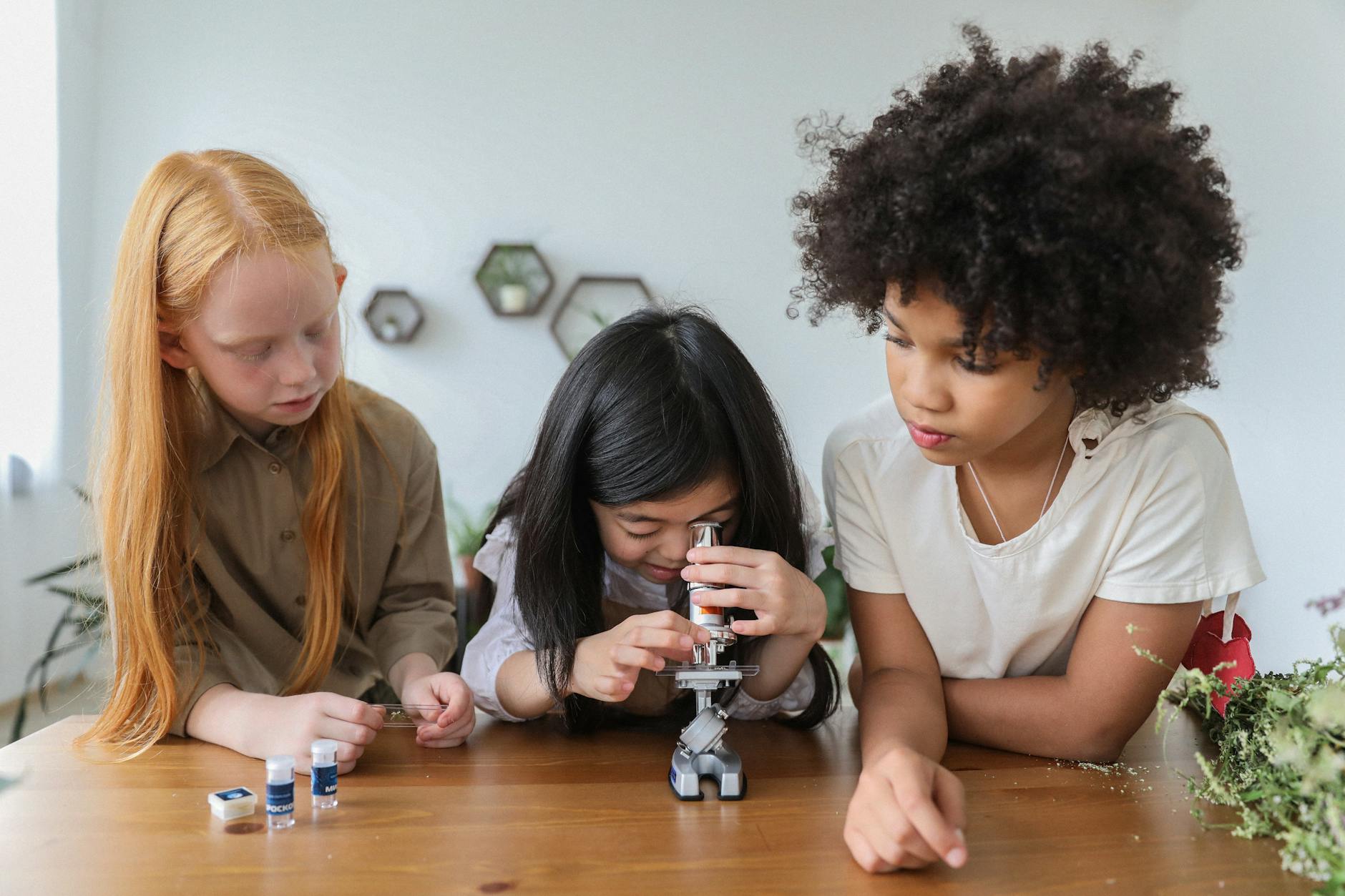In medicine, diagnosis is like solving a mystery—every clue matters. Doctors rely on clinical reasoning to piece together information from a patient’s medical history, physical symptoms, and even microscopic anatomy (histology) to understand what’s going on in the body. Now imagine giving children the chance to understand that same kind of reasoning skill in Grade Three.
That’s the goal of the A-to-Z Medical Literacy series, especially with the books A-to-Z Medical History and A-to-Z Medical Literacy: Histology Lessons. These two titles work together to give young learners the tools to think like clinical detectives, teaching them the importance of connecting the dots between what a person says, what signs are observed, and what’s happening at the cellular level.
Kids Can Reason—They Just Need the Right Clues
Children are natural critical thinkers. They ask, “Why?” and “How?” constantly. What they need are structured ways to explore those questions—especially when it comes to health, science, and the human body.
In A-to-Z Medical History, readers learn about the kinds of questions doctors ask to understand someone’s health story. Each letter introduces a concept or clue from the patient’s past or present that helps make sense of a medical mystery.
By learning these components of a patient history, children start to see that every piece of information matters—and that asking thoughtful, specific questions is key to solving a problem.
From Stories to Cells: Adding the Microscopic Layer
Once kids understand the purpose of the medical history, A-to-Z Medical Literacy: Histology Lessons adds another layer of depth—literally. This book introduces children to the world of histology, the study of tissues under the microscope.
Each letter highlights a different tissue or cellular finding, with illustrations that simplify complex biology without losing accuracy. Children learn that cells and tissues look different when something is wrong, and that those changes help doctors figure out the underlying problem.
The book helps kids understand that illness doesn’t always show up just on the surface—it can appear at the microscopic level. That’s why histology provides such powerful clues in the diagnostic process.
Putting It All Together: Thinking Like a Clinician
When children use Medical History and Histology Lessons together, they begin to understand how different kinds of clues fit into a larger reasoning process.
Even at a third-grade level, this kind of logic chain is both possible and powerful. It teaches children not just science content, but how to think—to gather evidence, notice patterns, and build explanations. These are foundational critical thinking skills.
Empowering Future Thinkers, Not Just Future Doctors
It’s important to note: the goal isn’t to turn Grade Three students into medical professionals. It’s to give them confidence in reasoning through complex ideas, understanding how systems work, and recognizing that science is a process of inquiry and evidence.
Medical literacy also fosters empathy. When children understand the questions doctors ask and what tissue samples can reveal, they begin to see illness not as something random or scary, but as something that can be understood—and, often, treated.
Whether a child has a loved one going through diagnostic testing, or is facing a health challenge themselves, this kind of knowledge is both reassuring and empowering.
Conclusion: A New Kind of Elementary Education
With A-to-Z Medical History and A-to-Z Histology Lessons, clinical reasoning doesn’t have to wait until high school or med school. It can—and should—start early, in fun, accessible, and age-appropriate ways.
By learning how doctors gather clues and interpret microscopic evidence, third-grade students gain more than just science knowledge. They learn how to think with precision. They learn to ask better questions. And they begin to see that understanding the body is a puzzle they’re capable of solving—one clue at a time.
===
Interested in teaching medical literacy pain free? Shop medical literacy resources!

This article was drafted by ChatGPT and edited by Joan Lee Tu, the founder of MedULingo.com.
You may also be interested in the following:
A to Z Medical Literacy: Childhood Rashes
A to Z Medical Literacy: Rare Allergies
A to Z Medical Literacy: Book of Findable Anatomy
A to Z Medical Literacy: Book of Surgery Words
A to Z Medical Literacy: Book of Histology Lessons
A to Z Medical Literacy: Book of Medical History
If Dog Man Can Teach Your Kids About Surgery, So Can You
Unveiling the Microscopic World: The Case for Medical Literacy on Histology in Grade 3
Nurturing Scientific Curiosity: Introducing Medical Literacy on Histology in Grade 3
The Benefits of Introducing the Medical History in Grade 2
The Importance of Introducing Medical Literacy on the Medical History From Grade 2

